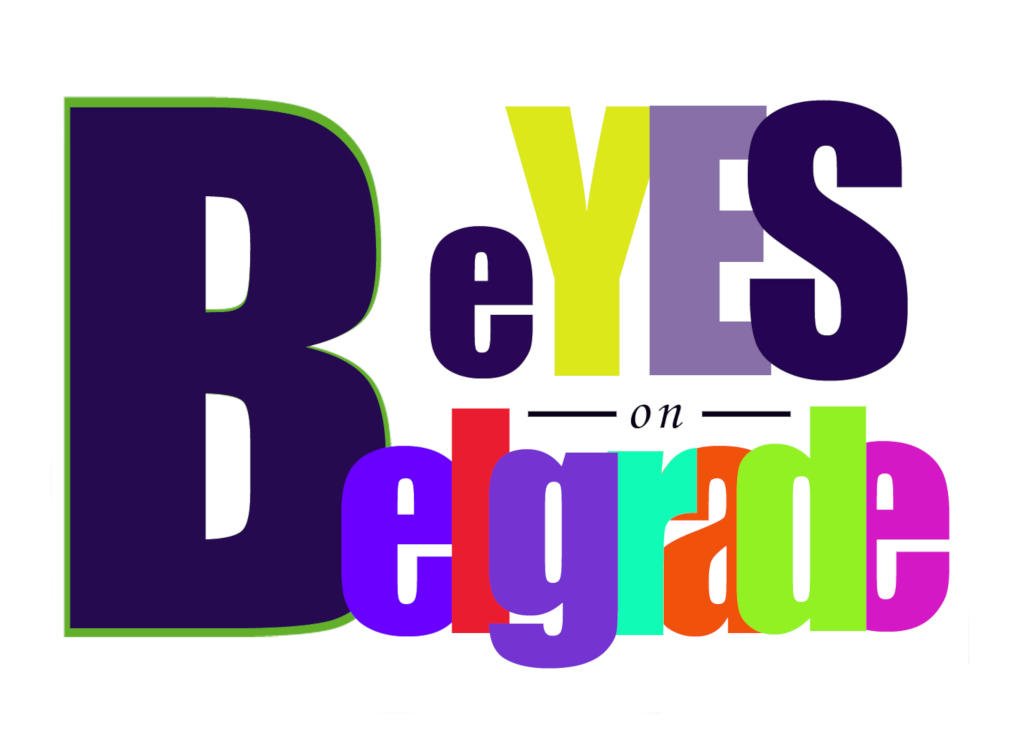Search / pretraga
Language / jezik:
Belgrade, Republic of Serbia
eob@eyesonbelgrade.com
- Home
- My Belgrade
-
View on Belgrade
- BG Tips
- Why Belgrade?
- Belgrade Basics
- Getting around the city
- Places and Landmarks
- Serbian traditional architecture
- New Belgrade
- Story of Zemun
- Museums
- Our blog
- Street Art
- Bits&Pieces
History
Articles related to Belgrade's history. Stories from the past.

- BG Tips
 English (United Kingdom)
English (United Kingdom)  Srpski latinica (Srbija)
Srpski latinica (Srbija) 
